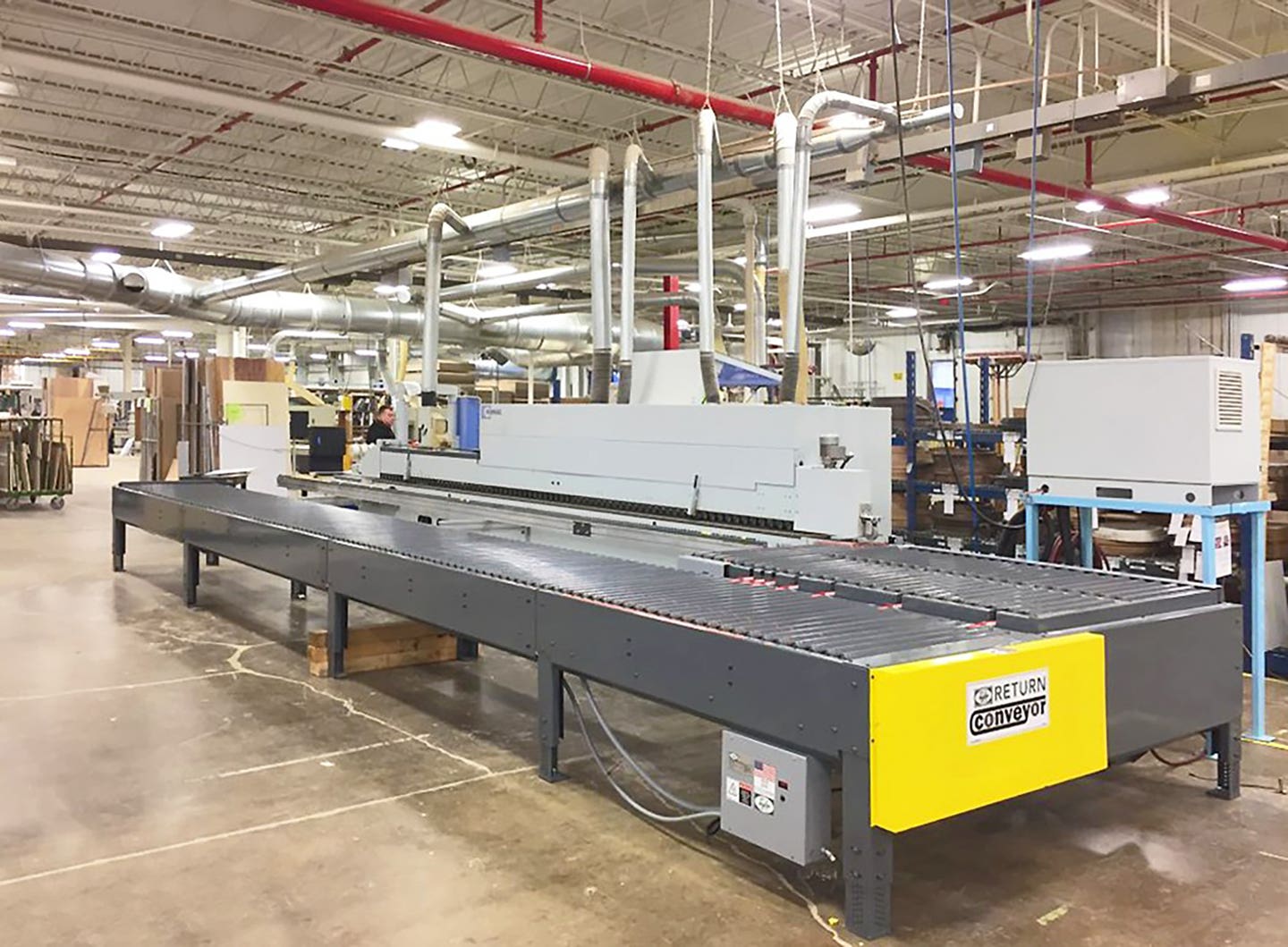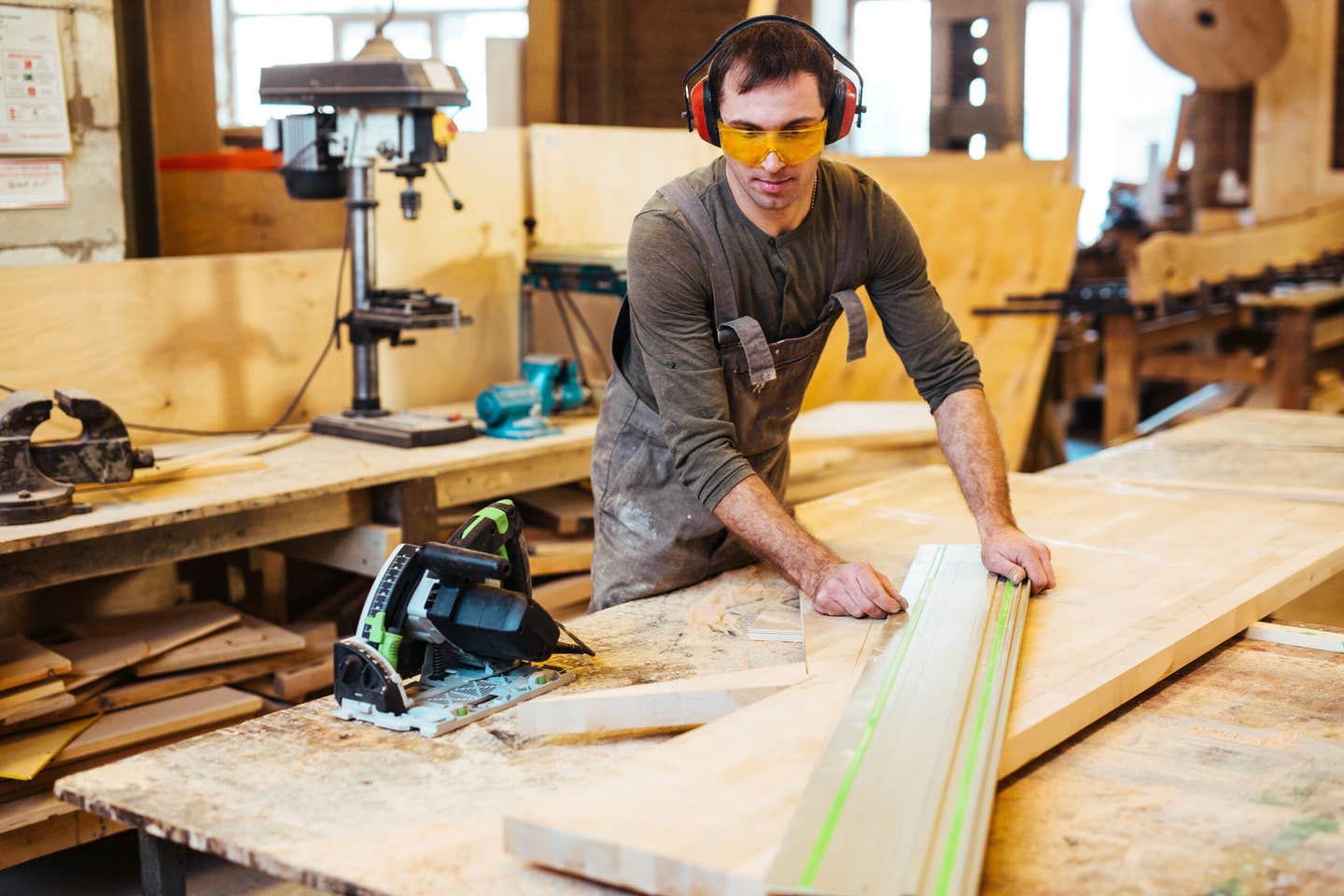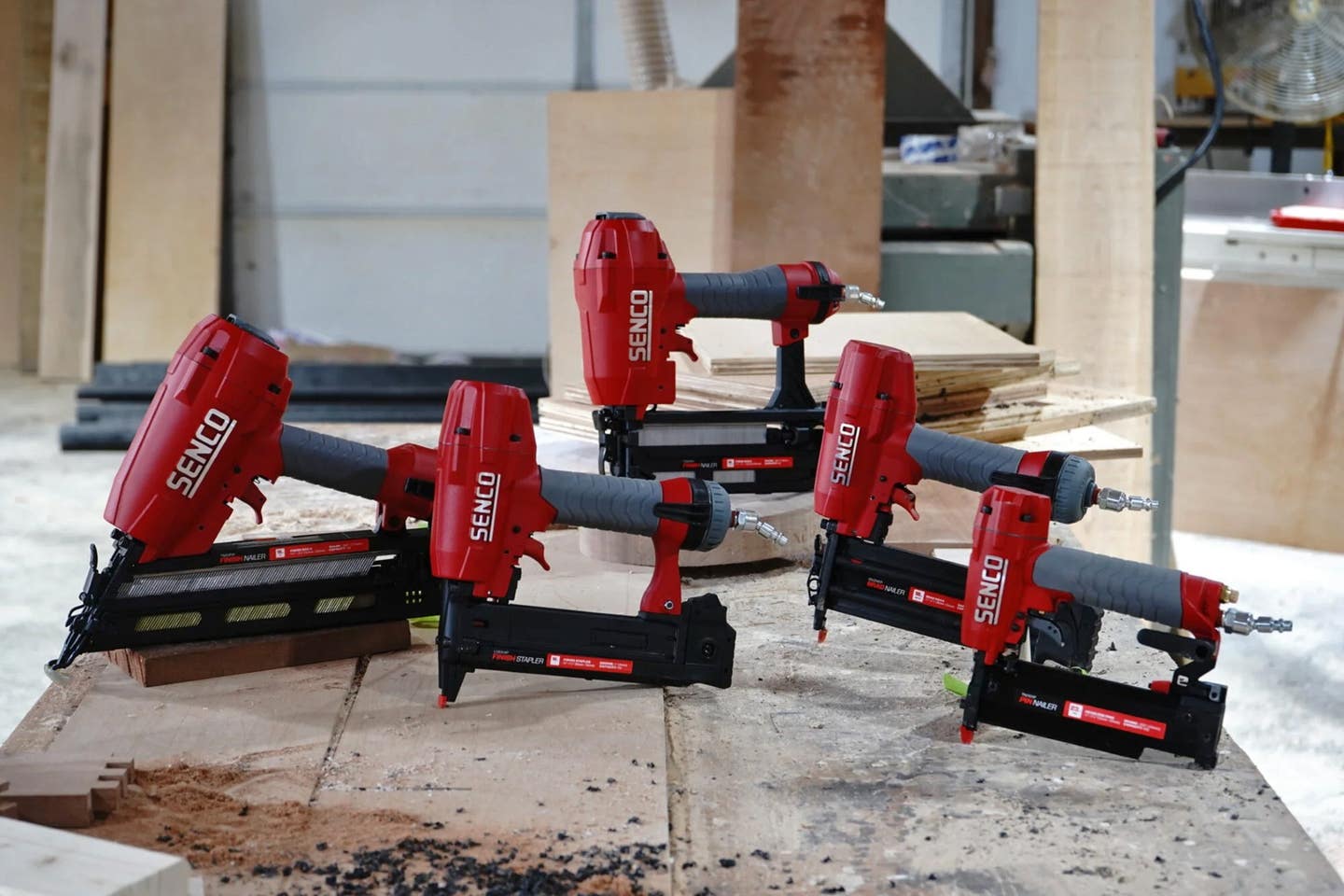A slice of the Big Apple
Since it was established in 1976, New York’s Manhattan Cabinetry has been designing and producing custom furniture and cabinetry for high-end clients, primarily in the borough that shares the company…
Since it was established in 1976, New York’s Manhattan Cabinetry has been designing and producing custom furniture and cabinetry for high-end clients, primarily in the borough that shares the company name. It’s a big operation, with about 40 employees, and was even bigger in the past when 70 workers were needed to meet the demands of a flourishing economy.
The economy hasn’t been so great lately, but owner Michael Koullias has never been one to back away from a challenge. He’ll go the distance until he decides to downsize, retire or sell.
“I like success,” says Koullias. “I thrive on success. To me, money is not something I will worship. It’s a measure of my success. I’m hoping for that and I’m driving for that because maybe I will get there. I don’t want to go under. I will be happy to get out by selling. That’s an honorable exit. But I will not let it go under.”
Delivery guy to owner
Koullias grew up in Greece where he started working various jobs as a handyman at the age of 8. He then worked with his father, a professional fisherman and diver, for the next 12 years. He served in the Merchant Marine and headed to the U.S. in 1973, settling in New York.
In 1974, he landed a job as a deliveryman for a cabinet shop in Manhattan. There, he witnessed ways things could be done differently and seized the opportunity. Two years later, he hired a cabinetmaker and a salesperson and opened a shop at 84th Street and First Avenue in Manhattan.
“When I worked for the other cabinet shop and saw the mistakes they were making as deliverymen, I always thought I could do better than that, and I did. I learned from their mistakes. After I opened my first shop, my leftover money was $500. It was very scary. I didn’t know how I made it, but I did,” says Koullias.
Entirely self-taught at woodworking, Koullias built anything he could for his first clients and hired additional help when needed. He became adept at navigating through the city to make deliveries in a timely fashion. He also opened three showrooms. The volume of work increased quickly and a much bigger shop was needed, which is how Manhattan Cabinetry ended up in Queens.
The growth finally stopped — with a bit of a thud — about five years ago.
“Business was great from ’86 to 2008,” says Koullias. “On and off we did well, but the big disaster was 2008 until now. The economy took a nosedive. I have seen many recessions over the years. All recessions were short, about six months at a time. Right now we’re talking about five years and it’s still very bad. I had to lay off 30 employees since then and not only that, if we go back 10 years, I had 20 to 30 competitors or more and now I can count them on one hand.”
Clients and products
Manhattan Cabinetry focuses almost solely on the residential market. The customer base is concentrated in Manhattan, particularly in the affluent areas of Park and Fifth avenues.
“My clients used to be from Long Island, Connecticut and New Jersey. People were spread out more when the economy went the other way. Now Manhattan is our primary service area. We do mainly residential, except for a few commercial desks for lawyers’ and doctors’ offices,” says Koullias.
Work offered includes any type of casework, cabinetry and stand-alone furniture pieces for the home, except for millwork and chairs. Prospective clients can see it all at a 3,000-sq.-ft. showroom on East 59th Street in the heart of the city’s design district.
“We do kitchens, but there are so many ready-made ones that I don’t care for them. But I don’t refuse them either,” says Koullias. “I prefer the living room. There is plenty of ready-made stuff out there, but no custom furniture for the living room. Murphy beds have also become our specialty, since they are popular in the city with the smaller living spaces.”
With the big city showroom and high-end clientele, it was surprising to learn that most jobs are brokered directly with the homeowner. Koullias says only about 1 percent are arranged through a designer or architect. And, if it’s not broke, don’t fix it.
“People know us in the city,” Koullias explains. “We’ve been told this many times when we get together with clients. We’ve been in business for 37 years concentrating in Manhattan. We used to spend a lot on advertising; about half a million per year. That’s now down to $500 a year.”
Style preferences have changed dramatically through the years. Koullias remembers the demand for unfinished furniture in the late 1960s through the 1970s. In the 1980s, it had to have rounded corners covered with Formica or a matte gloss finish. A traditional took over in the 1990s, while a contemporary European style has reigned since 2005.
The shop works mostly with hardwood veneers over a plywood substrate. The most popular species include mahogany, cherry, English sycamore and maple. Clients tend to prefer light and medium colors and more natural finishes. Stains coated with varnish and polyurethane account for about 80 percent of the finishes, while paint rates second, usually with a high-gloss texture.
The daily grind
The shop features an in-house design department and foreman-led crews of cabinetmakers. Employees are offered the chance to participate in a health plan and can earn two to four weeks of vacation time. Many have worked here for decades and a few from beginning.
Koullias is concerned about health care reform, particularly the part that requires employers to provide insurance if they have 50 or more employees. The ups and downs of the economy are nothing compared to the challenges of dealing with employees.
“Because this work is very customized, there’s no production line, every one of them becomes indispensable. So the minute he knows that, I don’t know who is boss,” says Koullias.
The well-equipped shop includes two Martin table saws, six Delta Unisaws, a Powermatic table saw, Stabil veneer press, Paoloni DR 415 planer, Butfering Classic belt sander, Invicta TI-14 shaper, Makita chop saws, and a Holz-Her edgebander.
Koullias says he’s not interested in purchasing more machinery at this time, but he does want to continue growing his clientele. That might mean a bigger advertising budget or something more drastic.
“I don’t know exactly what I want to do yet,” he says. “I’m 65 years old. I might sell and downsize or sell and retire. It’s not worth it anymore here being in business by just breaking even. We used to make very good money and we don’t anymore. I hope to maintain what I have. I have stayed in business since the recession, but the money I have brought in over the past five years is not supporting the business.”
Contact: Manhattan Cabinetry, 9-03 44th Road, Long Island City, NY 11101. Tel: 718-937-4780. www.manhattancabinetry.com
This article originally appeared in the May 2013 issue.







